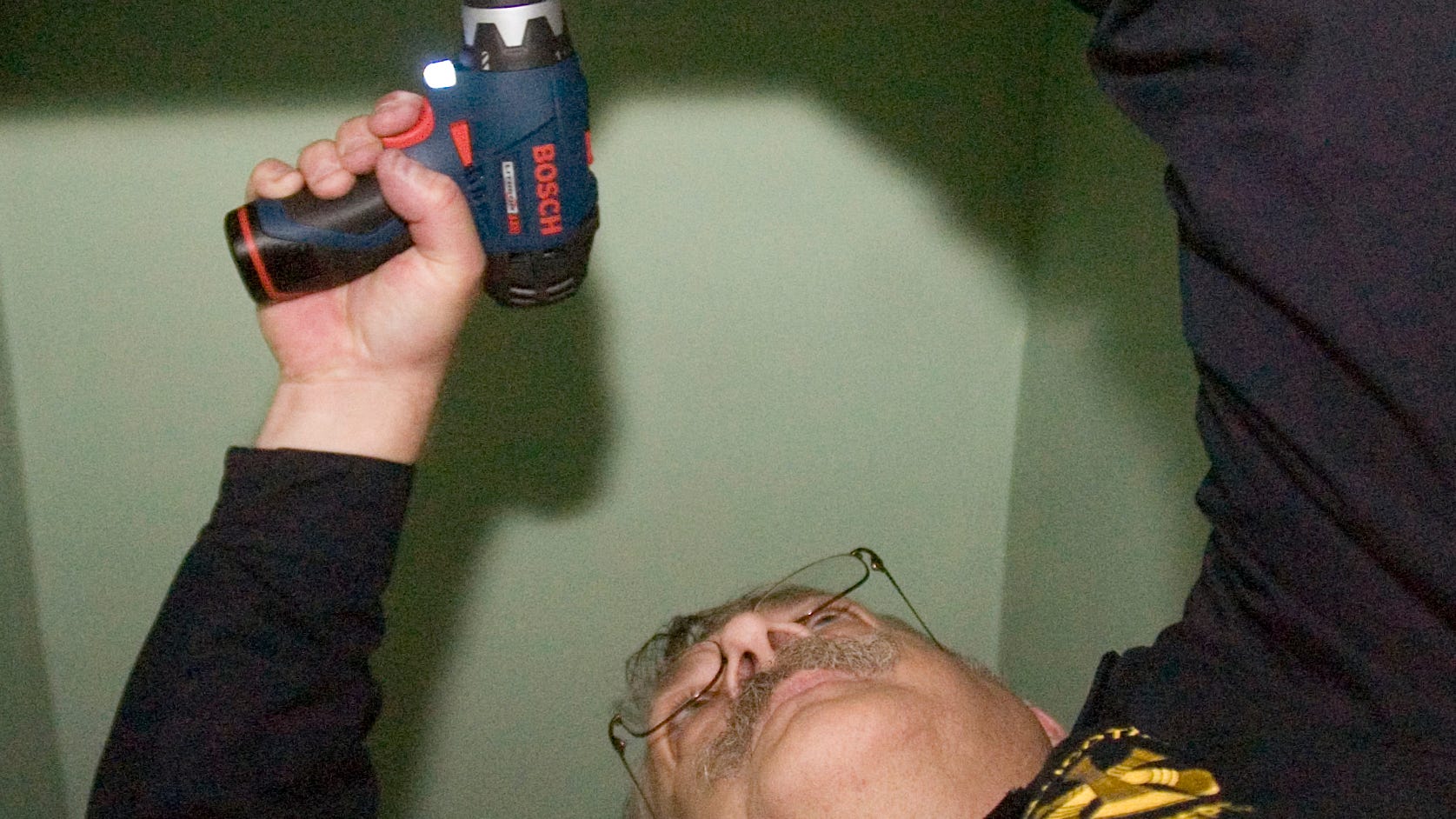
The time to “back up” means it’s also time to check your smoke detectors
At the same time as you change your clocks for daylight saving time, this is a great time to make sure your smoke detectors and carbon monoxide detectors are working properly.
Autumn is in full swing and Santa Claus will soon gather his reindeer to give them Christmas gifts.
At least that’s what kids enjoy as winter approaches.
The end of daylight saving time is also approaching, and many Americans are expressing fear of “going back.” Moreover, the complainers may be right.
According to a recent Forbes article, daylight saving time “affects us in many ways, both visible and invisible.” Neurologist and sleep disorder physician W. Christopher Winter of Charlottesville Neurology and Sleep Medicine had this to say about this practice, which affects the body’s synchronization mechanism and circadian rhythm – processes that govern the brain:
“When daylight saving time hits, our ability to effectively manage these systems deteriorates,” Winter said. “Although daylight saving time eventually seems better, as we get used to it, when we use daylight saving time, these problems never really go away.”
Here’s when you can expect to get an hour of sleep this year.
When does daylight saving time end this year? When do Americans “pull back”?
Daylight saving time will end at 2 a.m. local time on Sunday, November 3. This is when most Americans “step back” and sleep an extra hour.
When will summer time start again?
Daylight saving time will come into effect on March 9, 2025.
What is daylight saving time?
Daylight saving time is the period from November to March when most Americans set their clocks forward one hour. This is the opposite of “rushing forward” in spring, when clocks are set forward an hour to increase the duration of daylight in the evenings.
When did summer time start?
In 2024, the change to daylight saving time began on Sunday, March 10 at 2 a.m. local time. For most Americans, this is the moment when the clocks are moved forward one hour.
Are there parts of the United States that do not observe daylight saving time?
Yes. According to a USA TODAY article, Arizona does not observe daylight saving time (except on the Navajo Nation) due to its desert climate. Hawaii is another state that is not observed due to its proximity to the equator. American Samoa, Guam, the Northern Mariana Islands, Puerto Rico and the US Virgin Islands are territories that do not observe daylight saving time.
Will daylight saving time ever end?
In 2022, a bill known as the Sunshine Protection Act was unanimously passed to make daylight saving time permanent. However, the US House of Representatives did not adopt it. President Joe Biden also did not sign it. The Sun Protection Act of 2023 remains stagnant in Congress.
Nina Tran covers trending topics at The Greenville News. Contact her by email at [email protected].